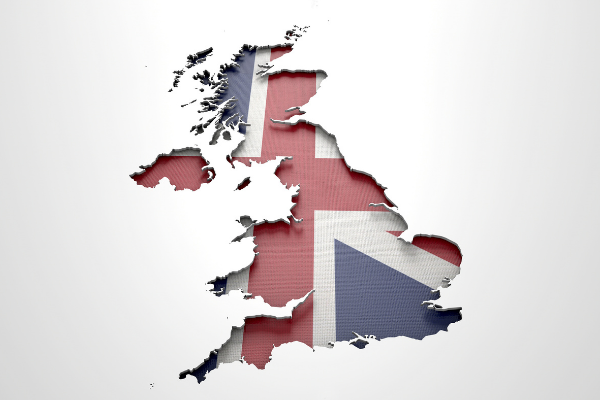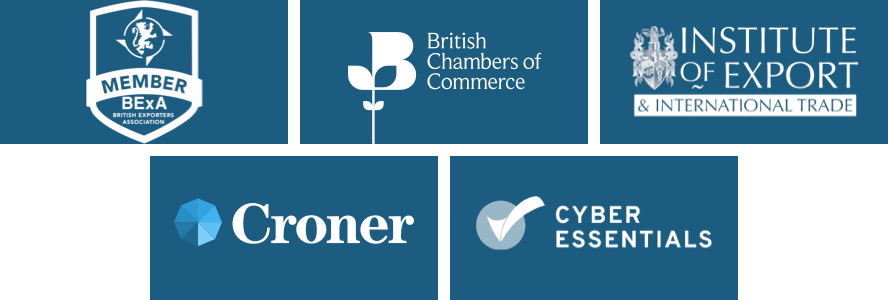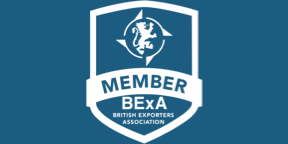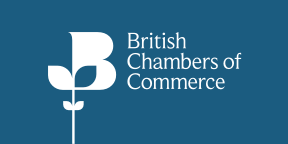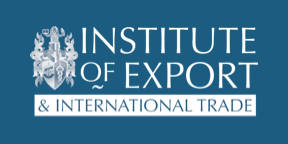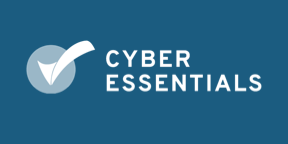BY:
SHARE:
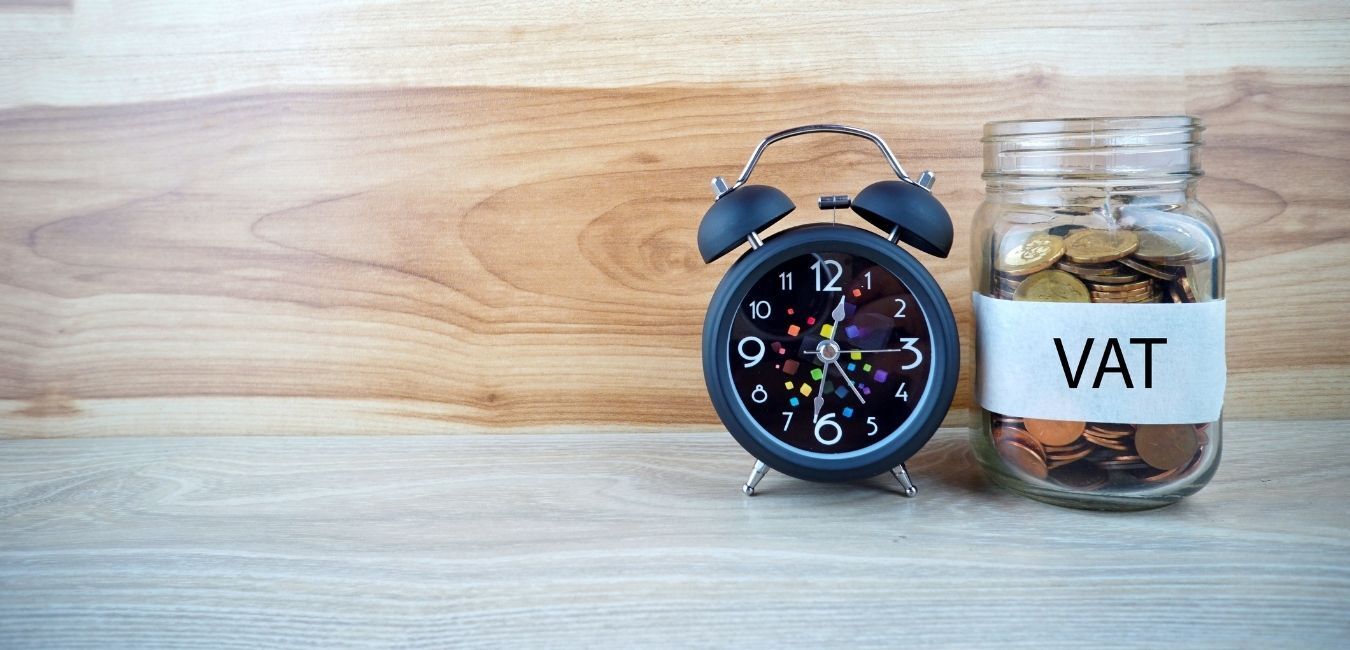
With HMRC increasing their audits of UK importers, it is time to check what you are doing as a business, here's a step by step guide on how to handle import VAT.
Step 1 – will you be taking ownership of the goods imported? This is very important because if you do not meet the requirements of ownership or receive customs confirmation that they are imported for a legitimate business use, you cannot offset/reclaim VAT. Check very carefully if you import goods for repair, after repair, for demonstration, exhibition, lease or hire, import on behalf of another UK entity or other similar situations where ownership remains with the sender of the goods or another party. If ownership cannot be established rather than waste 20% VAT, check out which customs special procedure will permit you to import without paying VAT and under which conditions.
Step 2 – know what is being importing and decide which system of import VAT you want to use. The way the customs declaration is created, a Method of Payment (MOP) code is required to determine whether VAT is going to be paid against a deferment account (Code F), the FAS (Code D) or PVA (Code G). Notify your import agent which method you want to use. The Tax Code for VAT on an import entry is code B00 (import duty is A00). If you believe your goods are eligible for a zero or reduced rate of VAT notify the person submitting the entry and retain evidence to support this claim
Step 3 – Obtain a copy of the import entry and check that the VAT has been declared to the right Method of Payment. Unfortunately, if a mistake has been made, for example you wanted to use PVA but the agent has declared it to MOP F, it cannot be changed so you have to ensure you can handle the alternative procedure for offsetting import VAT
Step 4 – Register for HMRC Management Support Service (MSS), this costs £240.00 per annum. You will receive an excel spreadsheet each month listing all imports made against your EORI so you can check that everything you believe has arrived at your premises has been correctly declared. If something is missing, especially if it arrived from the EU, you must investigate to see if the delayed declaration system has been used, perhaps unknowingly to you. Obtain as much information as possible and ensure you can submit your VAT return accurately with the correct VAT month/quarter relating to the date of arrival as well as the full customs declaration within 175 days of arrival.
Step 5 - ensure you have written procedures and someone internally allocated responsibility to manage the process of reconciling import customs entries, the MSS returns, deferment account statement and forwarder invoices (when relevant) with the VAT Certificates.
Step 6 – check both type of VAT Certificates, both the C79 and the MPIV, and ensure you have import evidence of these entries and that you can provide evidence of ownership in line with the UK VAT regulations. If satisfied, enter the details as input VAT. For PVA you complete the VAT return as follows:
- Box 1 includes VAT due in this period on imports accounted for through Postponed VAT Accounting
- Box 4 includes VAT due in this period on imports accounted for through Postponed VAT accounting
- Box 7 includes the total value of all imports of goods in this period, less VAT
Conclusion
Remember, VAT will be charged at import whether you are a consumer, a non-VAT registered business, or a VAT registered business. If VAT registered, then as well as paying the VAT to HMRC you can include import VAT as an input tax on your VAT returns; in essence offsetting/ reclaiming the amount outlaid. But you do need to have evidence of ownership of the goods and have an official VAT Certificate showing the amount paid. Finally, until 31st December 2021, some imports from the EU may seem invisible, as a customs declaration doesn’t have to be made on arrival, but VAT must still be accounted for within the correct VAT period. With HMRC increasing their audits of UK importers, it is time to check what you are doing as a business.
While you are here you may be interested in some Strong & Herd LLP training courses related to this topic, we offer a wide range of high quality training courses to support all importing and exporting activities.
OneCall™ Email assistance as and when required; A one-call solution for all your import, export and customs enquiries. Export help. Import help. Customs help.
Stay informed about customs and international trade matters by subscribing to our OneCall™ service. This comprehensive offering includes a dedicated email helpline for support, timely practical updates direct to your inbox (Did You Know?), monthly UK Customs & Trade Briefings and access to an interactive members' area with an exclusive community for our subscribers.
International Trade Updates & Spotlight Newsletter
Subscribe to our free information emails covering international trade topics...
MORE INDUSTRY INSIGHTS...
